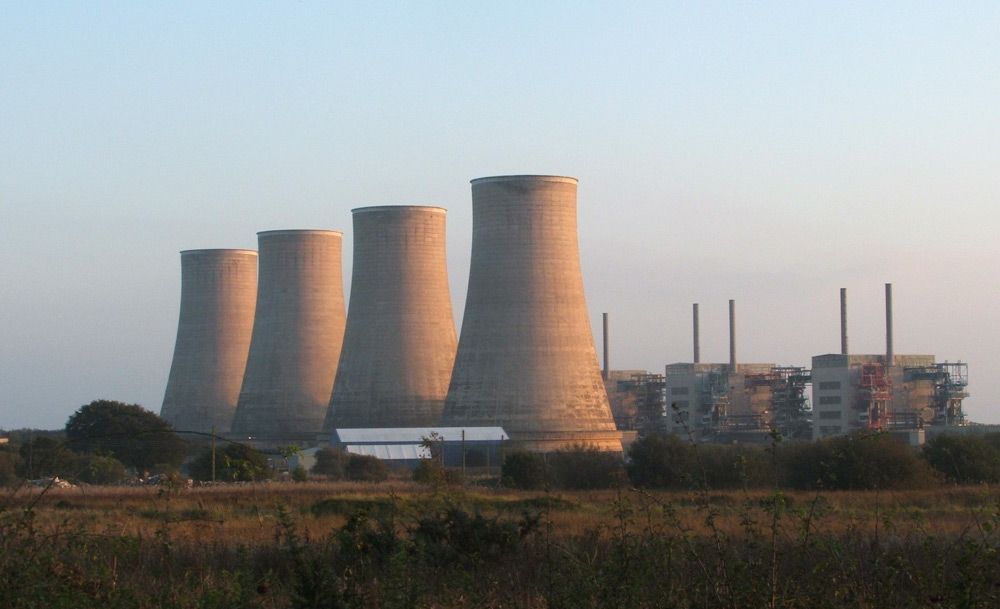By Annie Wilson, 2nd year Biology
Many nuclear power plants across the UK are set to close, and Bristol scientists have created a way to recycle the radioactive waste to generate battery power.
Nuclear power plants have been around since the 1940s and used for multiple uses but most importantly for electricity generation. Their technology works by having a core of graphite, a form of carbon. The core powers turbines that turn water into steam in a process called nuclear fission.
However, most nuclear power plants are set to be shut down in the next 10–15 years. Berkeley, Oldbury and Hinkley Point in Somerset are just a few nuclear power stations that are in stages of decommission; according to the World Nuclear Association, shutting down radioactive material isn’t a simple process. Additionally, the UK has generated 95 tonnes worth of radioactive graphite blocks, and researchers have been investigating sustainable management for this waste.
The usual disposal process requires waiting for the material to stop being radioactive, and then to place it deep in the ground. This prevents the risk of radioactive pollution, though the material itself will take hundreds to thousands of years to decompose.

University of Bristol researchers have been developing a way to recycle nuclear material so that it could be regenerated for future use. Placing large amounts of graphite into a highly radioactive areas causes the carbon to change into carbon-14 isotopes. This isotope has a half-life of 5,730 years, which can be interpreted as a kind of battery life.
By heating these graphite block, the researchers are able to extract the carbon-14 isotope as a gas and store it within a protective diamond structure. These diamonds can generate electrical currents when faced with radioactivity. They are double-layered and made of the hardest man-made substance, and are therefore completely impermeable to radioactivity.
The diamonds are efficient, as they do not create emissions and generate ‘clean’ electricity. With such lengthy half lives, the structures have many years of power within them; in the year 7746, over 5000 years from today, they would only have reached 50% of their battery life. Therefore, they have the potential for near-infinite use in the future. They could be used in satellites and on space stations, and also have potential for medical implantation into hearing aids or pacemakers.
| "Bristol environmentalists should stop treating nuclear power as a solution"
This research is a part of the ASPIRE project (Advanced Self-Powered sensor units in Intense Radiation Environments), which uses ultra-low powered sensors as an alternative strategy to manage energy from radioactive waste. Those working on the project believe that there are many benefits to using this form of diamond technology to generate new energy for future uses. The ultra-low powered sensors involve less wiring, less maintenance than other technologies and can collect long term data which would be otherwise hard to obtain due to failing batteries.
The ASPIRE project aims to have factory based at a former power station which will process the carbon-14 isotopes directly from graphite blocks into the diamonds. This form of research opens new doors for sustainable waste management, and sites once home to nuclear energy create new history by recycling their past for our future.
Featured image: Flickr / coolloud
Want to write for SciTech? Get in touch!









